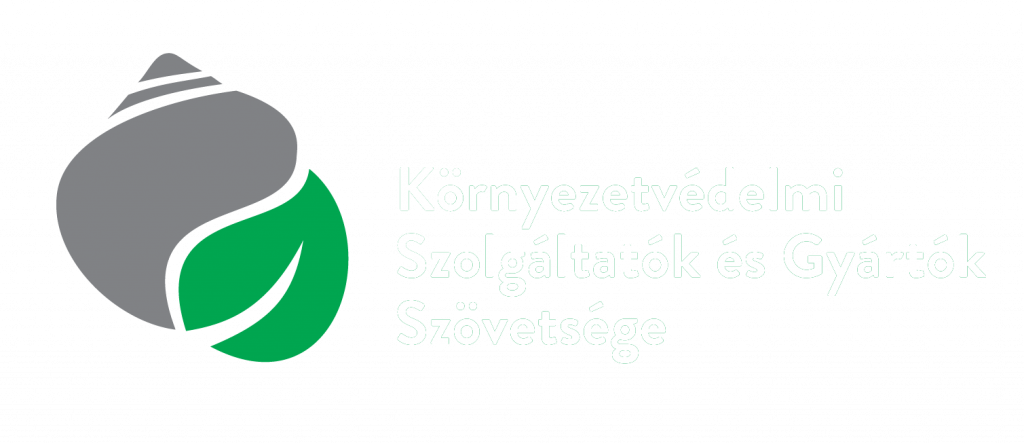Protecting the Danube and Tisza rivers is our shared responsibility – with this in mind, the Association of Environmental Service Providers and Manufacturers and the Plastic Cup Society organized this year’s National River Rescue Roundtable, which took place on October 8 at the Kolonics György Water Sports Center and was attended by representatives from the water management, environmental protection, scientific and civil society representatives. The event was part of the Interreg Danube Region Program and the international AQUATIC PLASTIC project, which examines plastic pollution in the rivers of the Danube region and aims to reduce it.
The Roundtable provided a forum for professional dialogue and joint reflection for the eighth time. The aim of the event was for participants to share their experiences, best practices, and suggestions in the areas of river cleaning, microplastic pollution reduction, and awareness raising.
“Rivers know no borders—their protection cannot be a national issue alone,” said Gergely Hankó, executive director of the Hungarian Association of Environmental Enterprises, at the opening, adding that the most important message of the roundtable is joint action.
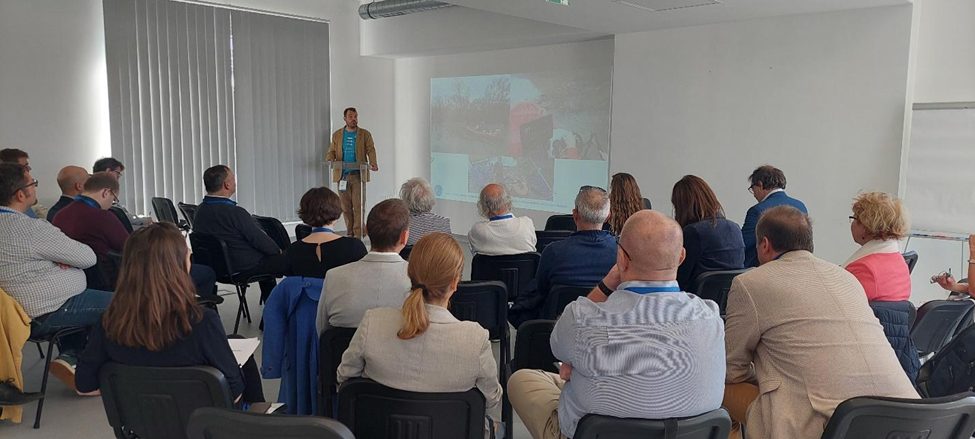
During the morning program, Attila Dávid Molnár, founder of the Plastic Cup Society, presented the latest results of the AQUATIC PLASTIC project: microplastic measurements were taken in six countries, and a new sonar-based detection system and a hand-operated river cleaning device called Hydra were developed, which is capable of separating floating and sinking fractions. The project aims to develop a uniform methodology for measuring the waste load of power plants. Currently, 23 hydroelectric power plants are participating in the tests, 21 of which have experienced waste accumulation. “The goal is for science, technology, and community will to shape river management together” emphasized Attila Molnár, adding that involving young people is key to changing attitudes.
Olívia Barta (National Water Authority) later outlined the role of water authorities in the project. She pointed out that thousands of cubic meters of river waste are removed each year, which is why interventions aimed at waste retention play a key role in sample areas such as Szolnok and Tuzsér. Waste retention is the first line of defense—if we catch the trash on the river, we have already done something for the sea.
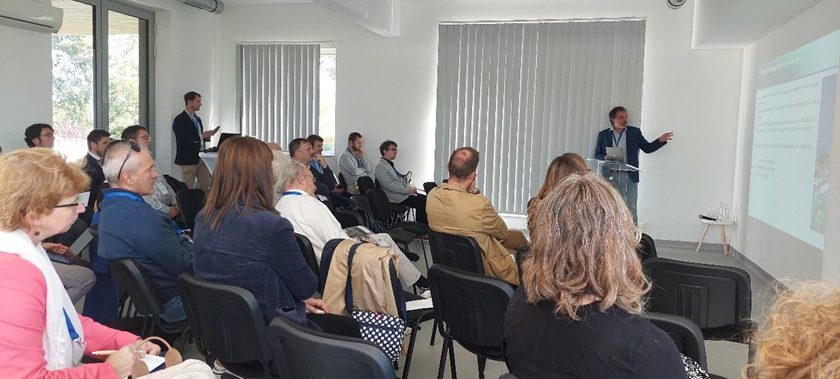
László Uhri, Senior Advisor to the Ministry of Energy, spoke about the big picture in global dimensions, presenting the lessons learned from the Geneva plastic agreement negotiations. Every year, 11 million tons of plastic end up in rivers and oceans. Various interest groups are represented in the negotiations, each with different approaches to solutions. He pointed out that despite the differing interests of countries around the world, “plastic pollution affects everyone and can only be curbed through common regulation.”
The morning session was closed by Gergely Hankó, who presented the co-creation policy methodology, which is based on the joint knowledge creation of stakeholders. The aim of the round tables organized by HAEE and Plastic Cup Society is to give public administration, civil society, the private sector, and academia a voice in the development of solutions. In addition, one of the important elements of the ongoing AQUATIC PLASTIC project is the intervention plan being developed for local governments and authorities, which addresses the prevention of abandoned waste and the removal of larger waste piles.
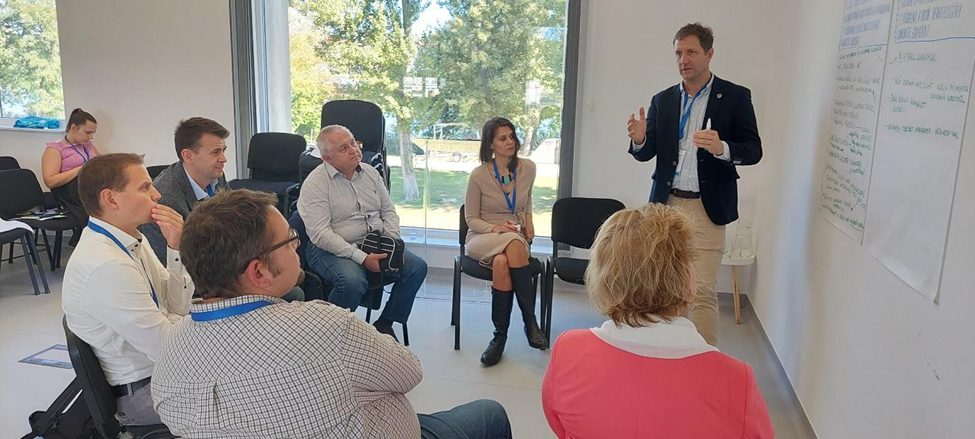
Following the morning session, participants worked on four questions in the interactive World Café section: how to strengthen cross-border cooperation, how to activate local communities, how to integrate river literacy into education, and how to finance river clean-up programs.
The joint brainstorming session produced a clear message: protecting rivers is not just a technical issue, but also a challenge in terms of mindset and community. Proposals included strengthening regional partnerships, experience-based teaching for children, and involving key local players—teachers, entrepreneurs, and church leaders—in shaping attitudes.
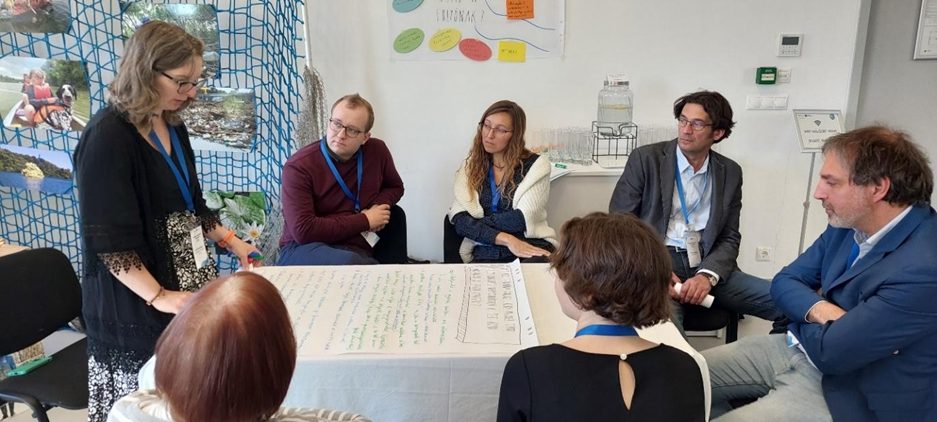
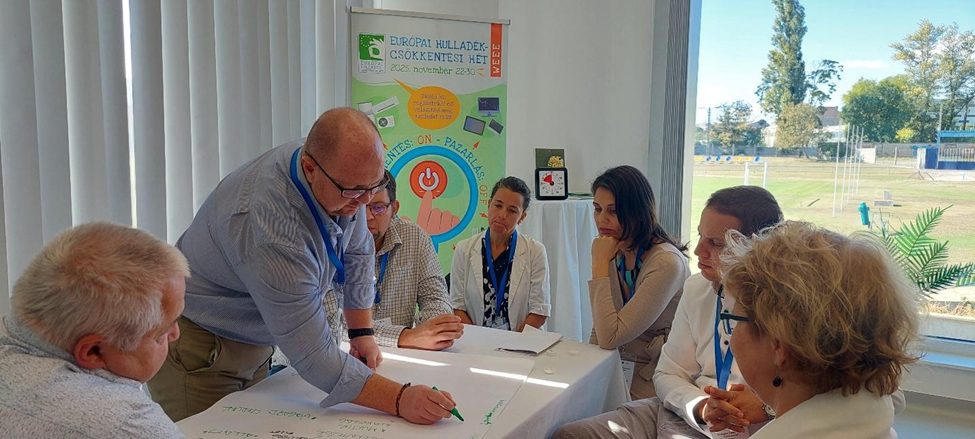
During the afternoon presentations, participants learned about practical solutions. Imre Király (HAEE) spoke about the certification possibilities for plastic collected from rivers, emphasizing that certified secondary raw materials can also generate market value.
Zsuzsanna Bitter (Plastic Cup Society) presented the successes of the River Rescue Schools and Call-Action 3.0: “If children understand why rivers are important, they will be the ones who never throw away a bottle again.“

Andrea Cap Szabóné (Tisza ETT) reported on the waste management situation in Transcarpathia. She said that waste management in the region is not resolved: 470 kg/capita of municipal waste is generated annually, 6-7% of which is recycled. In addition to the 330 official landfills, there are numerous unauthorized sites in operation. Due to the war situation, the population has grown, and waste transport has decreased. However, the good news is that a new waste sorting plant with a capacity of 25-30 thousand tons has been built in the village of Beregszászi Jánosi and is awaiting commissioning.
Finally, Dr. Gábor Bordós (Eurofins) presented the MicroDrink project, which examines the presence of microplastics in drinking water with the participation of nine countries. The main objective of the project is to create a database, monitor, and build capacity on the occurrence of microplastics in drinking water. The study covers the three main water sources in the pilot areas: karst, aquifers, and coastal filtration. Its significance lies in the fact that it forms the scientific basis for the expected new EU microplastics regulations: EU Regulations 2019/904 and 2023/2055, as well as the DWD Directive.
At the end of the day, Gergely Hankó thanked everyone for their professional cooperation and informed the participants about the opening of the Bodrog River Rescue Center in Olaszliszka, which will be the new river base for the PET Cup. This year’s Round Table once again demonstrated that protecting rivers is not only an environmental task, but also a social and intergenerational community mission. As one participant put it:
“The river always carries our stories forward—it is up to us whether these stories will be clean or polluted.” The AQUATIC PLASTIC podcast series, produced as part of the project with the involvement of renowned international river cleanup experts, is available here:
Check out our mood video of the National Roundtable!
The project continued between October 13 and 17 with an international workshop, when experts from international environmental and river pollution NGOs will visit Kisköre, following the university students..
The event is part of the Interreg Danube Region Program, the Aquatic Plastic project, with the support of the European Union and the contribution of partner states and institutions. The Hungarian partner’s participation in the project is co-financed by the Hungarian State.
Text: Anna Istenes (HAEE), Sára Bőhm (Plastic Cup Society)
Photos: Fruzsina Kardoss, Anna Istenes
